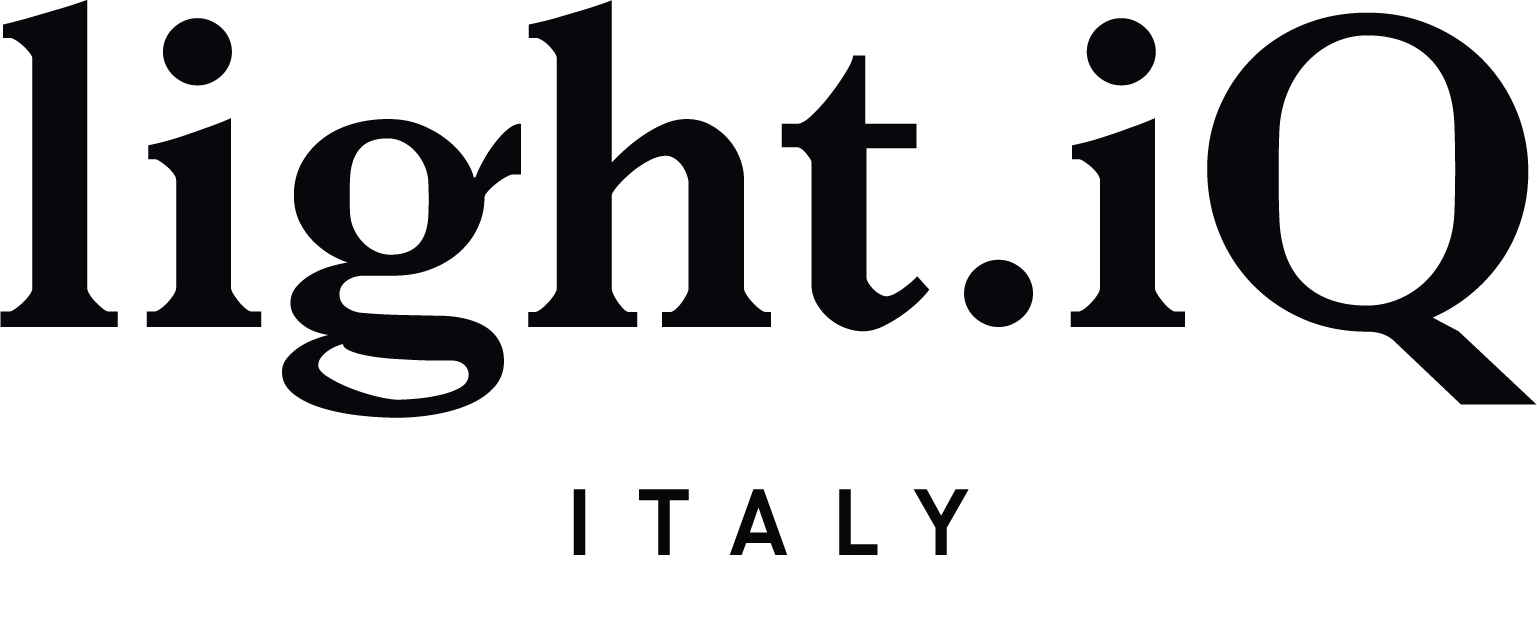We offer a full scope of design services, in parallel to the scope of the architect and/or interior designer. Our typical scope comprises five stages as defined below:
1. Concept Design & Analysis of Client’s Requirements (RIBA Stage 2):
The Lighting Designer will review and discuss with the Client and Design Team the project’s requirements and aspirations. The Lighting Designer will then produce a Lighting Concept that is presented to the Client and Design Team for approval and sign off. This Stage of the Scope of Services may require a site visit.
2. Design Development (Schematic Design) (RIBA Stage 3):
Once the Lighting Concept is agreed with the Design Team and Client, the Lighting Designer will produce; schematic lighting layouts on plan showing preliminary control channel(s), generic lamp and luminaire specifications, and an overall lighting strategy for the project. The information produced at this stage is sufficient for the Design Team and Electrical Contractor (or Electrician) to incorporate into the MEP package. It will be required for the Lighting Designer to attend design development meetings with the Team.
3. Detailed Design (Construction Documents) & FFE Lighting Detailing & Coordination (when required) (RIBA Stage 4):
After the submission of the Design Development information, the Lighting Designer will start detailing the lighting installation. The information will include; full lighting layouts with setting out dimensions, control channel information, transformer/driver locations. A complete and thorough Lighting Specification for Lamps and Luminaires will be issued to the Team, as well as an Electrical Load Schedule indicating wattage, voltage, control requirements and other technical aspects of the lighting installation. A full Control Specification will be produced at this Stage. It will be required for the Lighting Designer to attend design and coordination meetings with the Team. The architect, interior designer, audio visual specialists, landscape gardeners and M&E consultants will all require detailed knowledge of the lighting brief. Samples can be taken to site.
The Lighting Designer will review the shop drawings and general arrangement of FFE items; analyse lamp specification; control and photometric performance requirements; liaise with the manufacturer(s) and coordinate samples and/or mock ups of the FFE items for the team’s approval.
4. Construction Monitoring and Further Revisions (RIBA Stage 5):
The Lighting Designer will visit the site periodically, or as determined by the Client or Electrical Contractor/Electrician to monitor the quality and progression of the lighting installation works. Further coordination is required to ensure there are no conflicts with the other services and architectural elements. The lighting information may require further revisions and amendments to reflect this.
5. Commissioning, Scene Setting & Lighting Styling (RIBA Stage 6):
Once the project has been completed and the FFE items, furniture, artwork and other accessories have been positioned and agreed with the Design Team and Client, the Lighting Designer will commission the lighting scheme and carry out the Lighting Styling. This may involve adjusting and aiming the light fittings, adding lenses, filters and accessories to improve the lit effect. Once the aiming of the light fixtures is completed, the Lighting Designer will create, in collaboration with the Design Team and Client, the lighting scenes required for the project. This may involve more than one visit to site and usually after dark.

